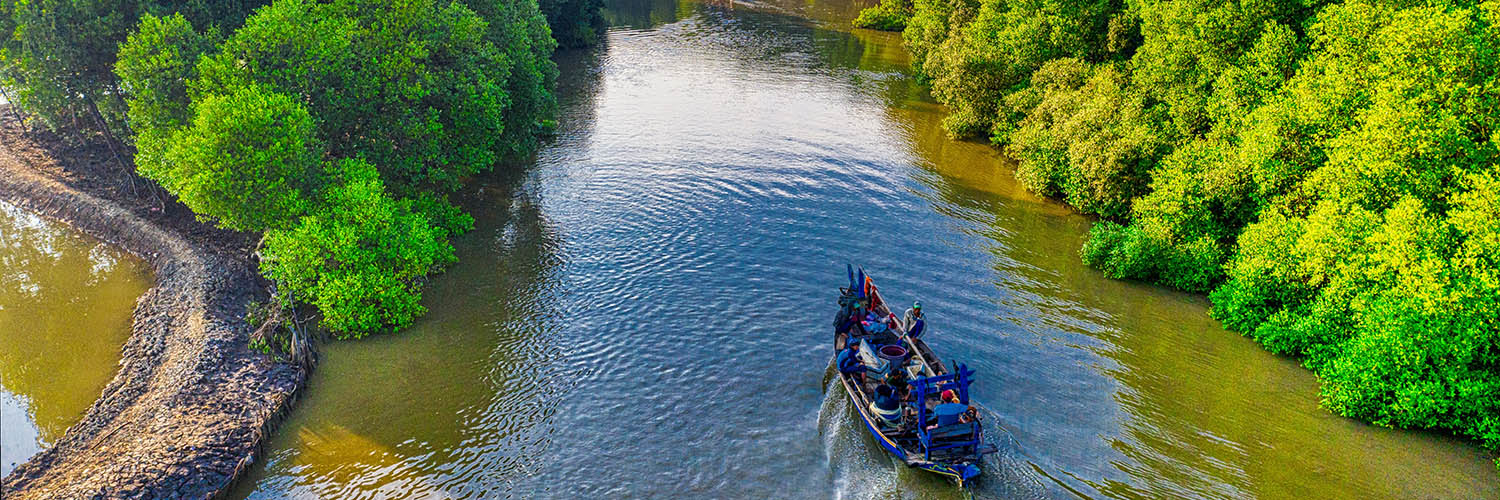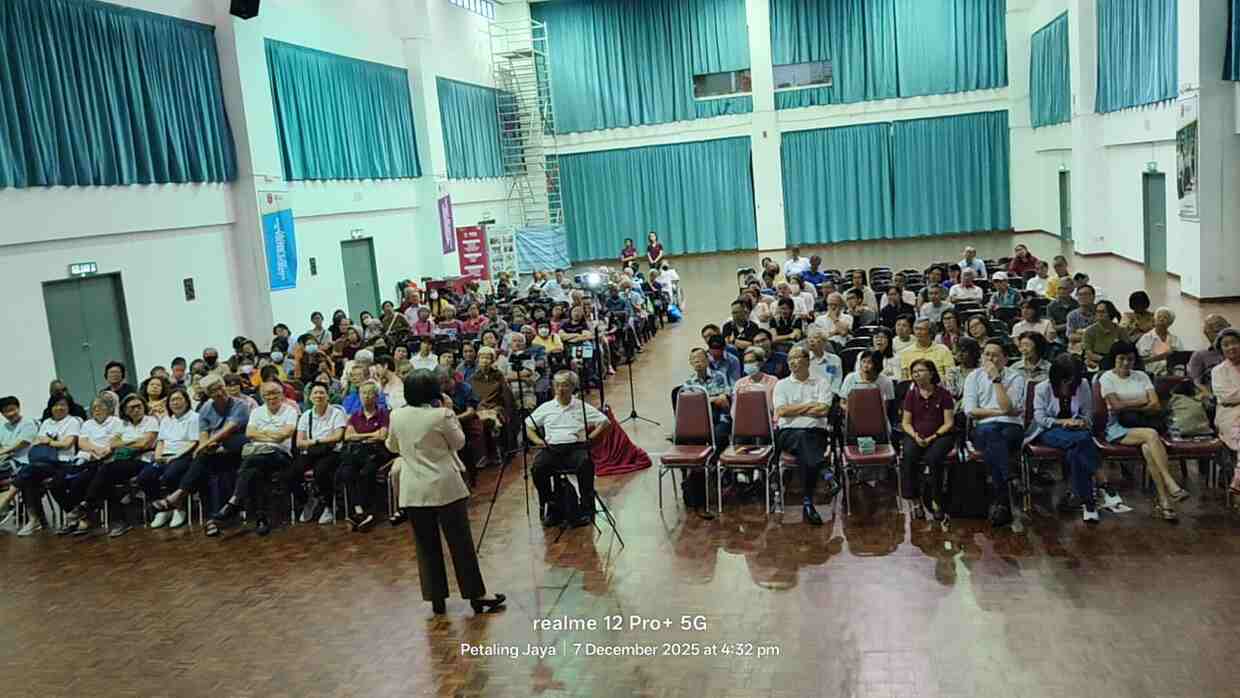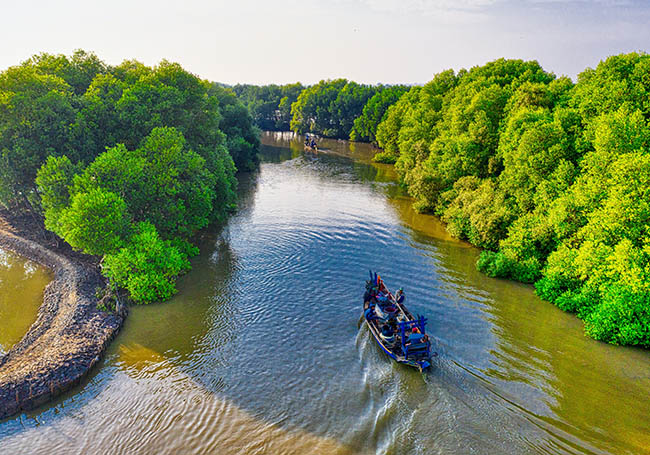
The Malaysian government have been seriously involved in conserving the mangrove forests due to the threat to life and property caused by the tsunami on December 26, 2004.
The fourth National Biodiversity Council (MBBN), on January 13, 2005, decided that all state governments and the Ministry Energy and Natural Resources (Ketsa) take the initiative to restore and conserve ecosystems and vegetation of the mangrove forests.
Mangrove forests and coastal land.
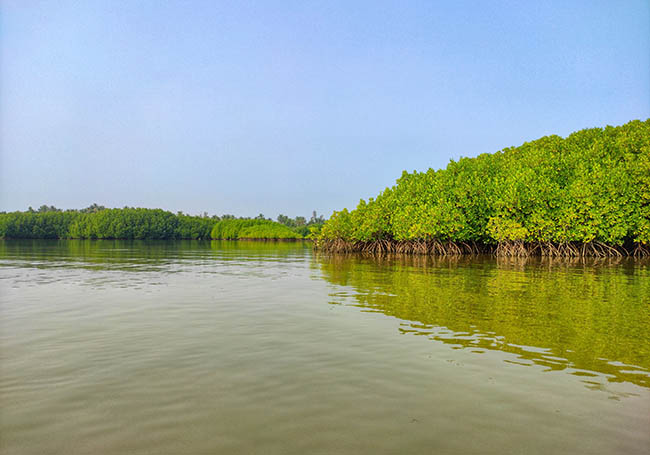
Malaysia is a maritime country with more than 4,800 km of coastline.
The coastal forests play valuable roles in protecting by obstructing water flow with their roots, husks, and leaves.
However, the mangrove forest along the coastal area in the country has been consistently decreasing.
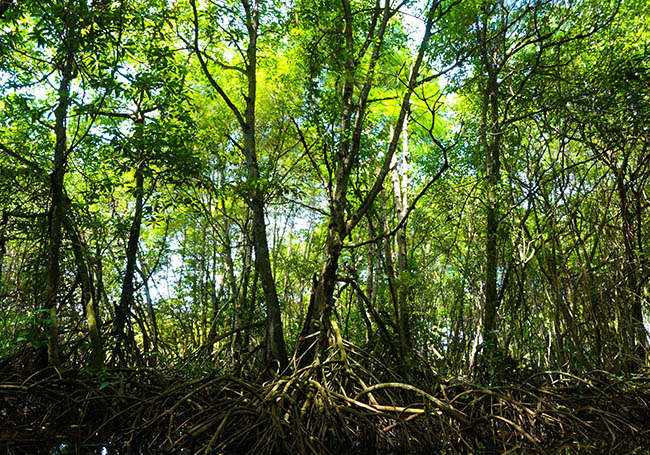
Universiti Kebangsaan Malaysia’s vice chancellor for research and innovation, Datuk Dr Wan Ahmad Kamal Mujani, said only 50% of the mangroves remain compared to 1957.
Meanwhile, the deputy director-general of Forestry Peninsular Malaysia for policy and planning, Mohd Ridza bin Awang said that almost 50,000 hectares had been lost in the last 30 years.
What’s in the mangrove forest?
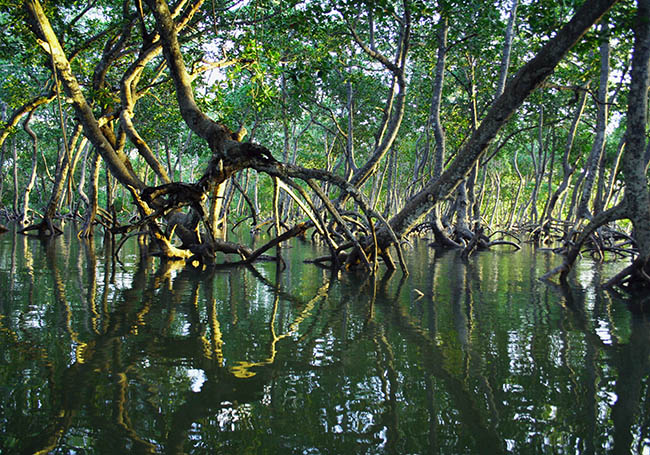
There are more than seventy mangroves species from 28 families found in the mangrove forests.
Certain key mangrove tree species dominate the Malaysian mangrove belts depending on soil and inundation patterns.
The stand-out trees among the thousands of species found in mangroves are Avicennia-Sonneratia or Bakau Api-Api, Bruguiera-Rhizophora or Bakau Kurap and Rhizophora Apiculata or Bakau Minyak.
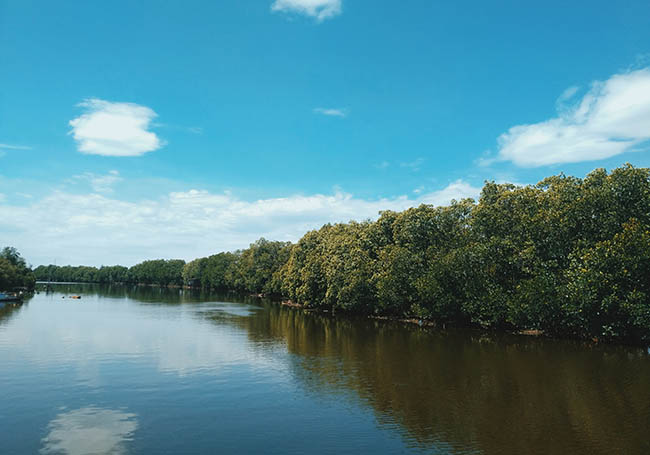
Mangrove forests also support a diverse range of animals and plants and are substantial breeding grounds for many organisms.
The ecosystems are essential nursery grounds for numerous fish and invertebrate species. It includes shrimp, crabs, lobsters, groupers, snappers, and mackerel.
Many species of algae grow near the roots of mangroves.
Sponges, oysters, barnacles, corals and other invertebrates make the submerged mangrove roots their home.
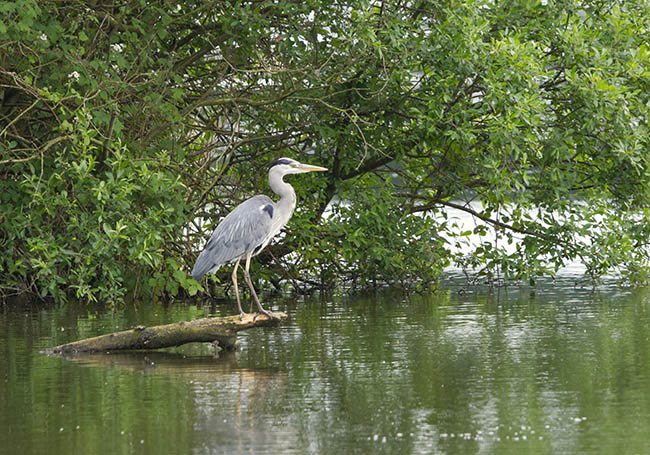
Sea turtles, crocodiles, manatees, and dugongs are some animals associated with mangrove ecosystems.
Finally, terrestrial animals, such as deer, raccoons, snakes, and birds, utilize the mangrove habitat as their home and hunting grounds.
Please download this e-book if you would like to know more about mangroves.
It is as an easy and practical field guide for those involved in the field management of mangroves, for students and those interested to learn more about mangrove plants.


